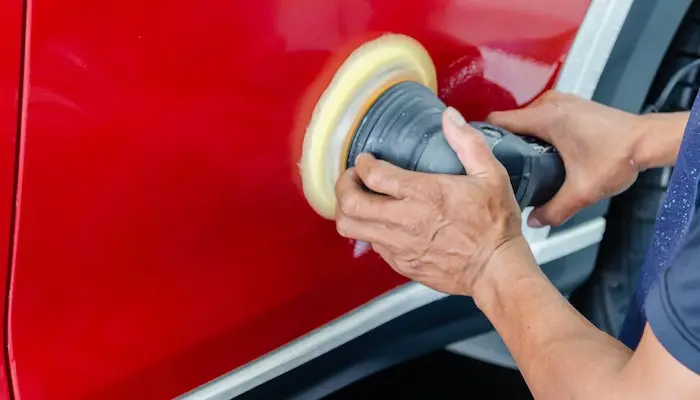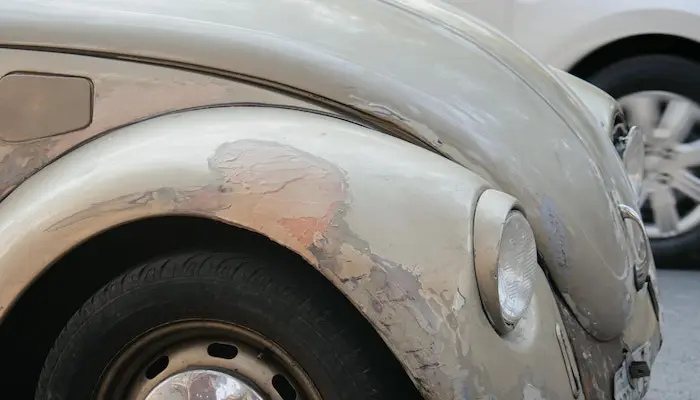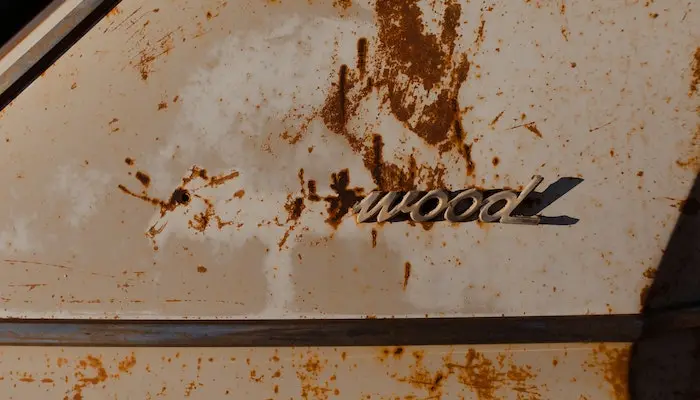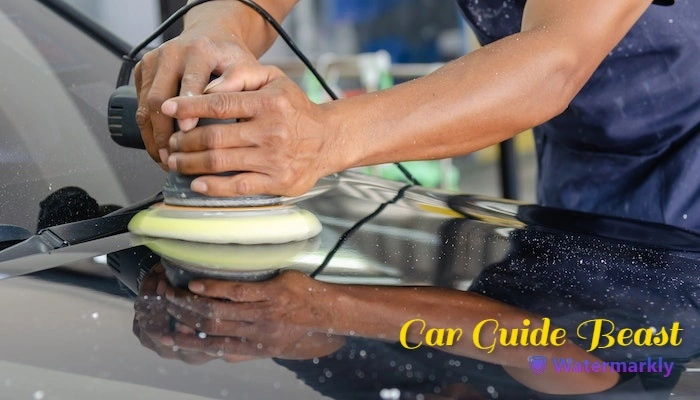The allure of a brand-new car with its glossy, flawless paintwork is hard to resist. However, over time, the exterior of your vehicle may lose its luster due to various factors such as scratches, swirl marks, and oxidation. Thankfully, there is a solution to revive your car’s paint and bring back its original brilliance. This article will delve into the concept of paint correction on car, exploring what it is, its benefits, and the process involved.
What is Paint Correction on Car?

Paint correction on car is a meticulous process of restoring the original appearance of a vehicle’s paintwork by removing imperfections, such as scratches, swirl marks, and other blemishes. It is a highly skilled technique that requires the use of specialized tools, compounds, and polishes to eliminate defects and restore the surface to its optimal condition.
Understanding the Importance of Paint Correction
Maintaining the integrity of your vehicle’s paint not only enhances its aesthetic appeal but also protects it from further damage. Paint correction on car plays a vital role in preserving the value and longevity of your car. By addressing imperfections, you can prevent the gradual degradation of the paint and maintain the overall beauty of your vehicle.
Common Paint Defects
Before we delve into the paint correction on car’s process, it’s essential to understand the common paint defects that can mar the appearance of your vehicle:
Scratches

Scratches are shallow cuts on the clear coat or paint layer of your vehicle. They can occur due to various reasons, such as improper washing techniques, contact with abrasive objects, or vandalism. Paint correction on cars can effectively minimize the appearance of scratches and restore the smoothness of the surface.
Swirl Marks
Swirl marks are fine circular scratches that give the paint a hazy or cloudy appearance. They are often caused by improper washing or drying techniques, using abrasive materials, or automatic car washes. Paint correction techniques, including machine polishing, can diminish swirl marks and enhance the clarity of the paint.
Water Spots
Water spots are mineral deposits left on the paint surface when water evaporates. They can be particularly troublesome in areas with hard water. Paint correction on cars can eliminate water spots, ensuring a spotless and pristine finish.
Oxidation

Oxidation occurs when the paintwork is exposed to oxygen, sunlight, and environmental contaminants over time. It leads to a faded, dull, and chalky appearance. Paint correction removes the oxidized layer, revealing the vibrant and glossy finish underneath.
The Paint Correction Process
- Inspection and Evaluation: A professional paint correction specialist will thoroughly examine the vehicle’s paintwork to assess the extent of damage and determine the appropriate corrective measures.
- Paint Decontamination: The surface is cleansed to remove any dirt, grime, or contaminants that could interfere with the correction process.
- Machine Polishing: Using specialized polishing machines and compounds, the technician gradually removes the imperfections from the paintwork. This step involves multiple stages, starting with a more aggressive compound to eliminate deeper defects and progressing to finer compounds for refining the finish.
- Finishing Touches: Once the corrections are made, the paintwork is refined further with a fine polish to maximize gloss and clarity. A protective sealant or wax is applied to safeguard the freshly corrected surface.
Benefits of Paint Correction on Cars
- Restores the original gloss and shine of the paint
- Removes scratches, swirl marks, and other imperfections
- Enhances the resale value of the vehicle
- Protects the paintwork from further damage
- Improves overall aesthetics and visual appeal
DIY vs. Professional Paint Correction
While there are DIY paint correction kits available in the market, it is generally recommended to seek professional assistance for optimal results. Professional paint correction technicians have the expertise, experience, and specialized tools to ensure a flawless finish without causing any additional damage.
Maintaining the Results of Paint Correction
To prolong the effects of paint correction on cars, regular maintenance is crucial. This includes proper washing techniques, using high-quality car care products, and protecting the paintwork with sealants or ceramic coatings. Adhering to a maintenance routine will help preserve the corrected finish and extend its longevity.
Choosing a Professional Paint Correction Service
When selecting a professional paint correction service, consider the following factors:
- Reputation and experience of the company
- Expertise and training of the technicians
- Quality of the tools and products used
- Customer reviews and testimonials
- Pricing and packages offered
Research and choose a reputable service provider to ensure the best possible results for your vehicle.
Paint Correction Myths Debunked
Let’s debunk some common myths surrounding paint correction:
Myth 1: Paint Correction Damages the Paint
Contrary to this belief, paint correction on car, when performed correctly, does not harm the paint. It involves carefully removing a thin layer of clear coat or paint to eliminate imperfections and reveal the untouched layers below.
Myth 2: Waxing is Sufficient for Restoration
While waxing adds a protective layer and enhances shine, it cannot correct deeper paint defects. Paint correction on car is necessary to address scratches, swirl marks, and oxidation effectively.
Myth 3: Paint Correction is Only for Exotic Cars
Paint correction is beneficial for all types of vehicles, regardless of their make or model. It is a process that restores the paintwork’s brilliance and is not limited to exotic or high-end cars.
Frequently Asked Questions (FAQs)
How long does paint correction on car typically take?
The duration of the paint correction process depends on the severity of the defects and the size of the vehicle. On average, it can take anywhere from a few hours to a couple of days for a comprehensive paint correction treatment.
What is paint correction cost?
The cost of paint correction can vary depending on several factors, such as the size of the vehicle, the extent of the damage, and the chosen service provider. It is advisable to contact a professional paint correction specialist for an accurate cost estimate tailored to your specific needs.
Is a paint correction worth it?
Yes, paint correction is often worth it as it can restore the appearance of your vehicle’s paintwork, remove imperfections, and enhance its overall value and aesthetics. However, the decision ultimately depends on your priorities and the condition of your vehicle’s paint.
Can paint correction remove deep scratches?
Yes, paint correction can significantly reduce the visibility of deep scratches by gradually leveling the surrounding paintwork. However, it is important to note that extremely deep scratches may require touch-up paint or other repair methods.
Conclusion
Paint correction on car is a transformative process that rejuvenates your vehicle’s paintwork, eliminating imperfections and restoring its original brilliance. By understanding the importance of paint correction, the common paint defects, and the process involved, you can make an informed decision to enhance the appearance and value of your vehicle.
